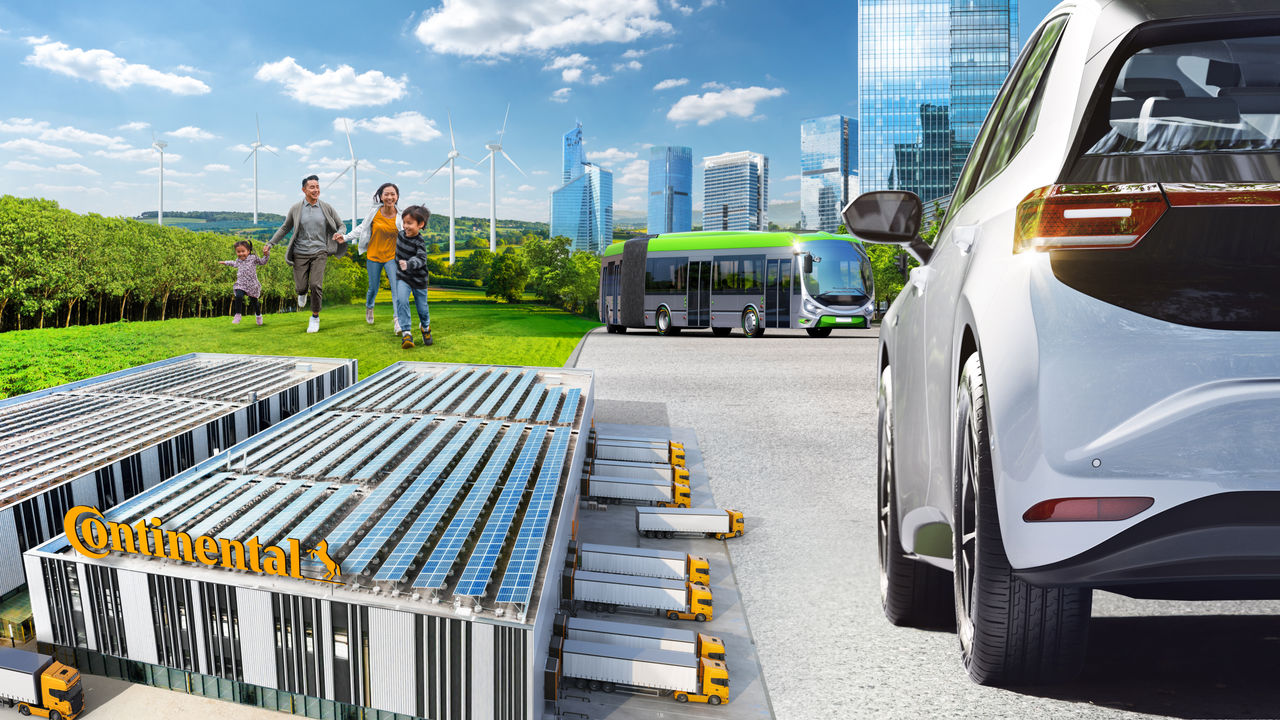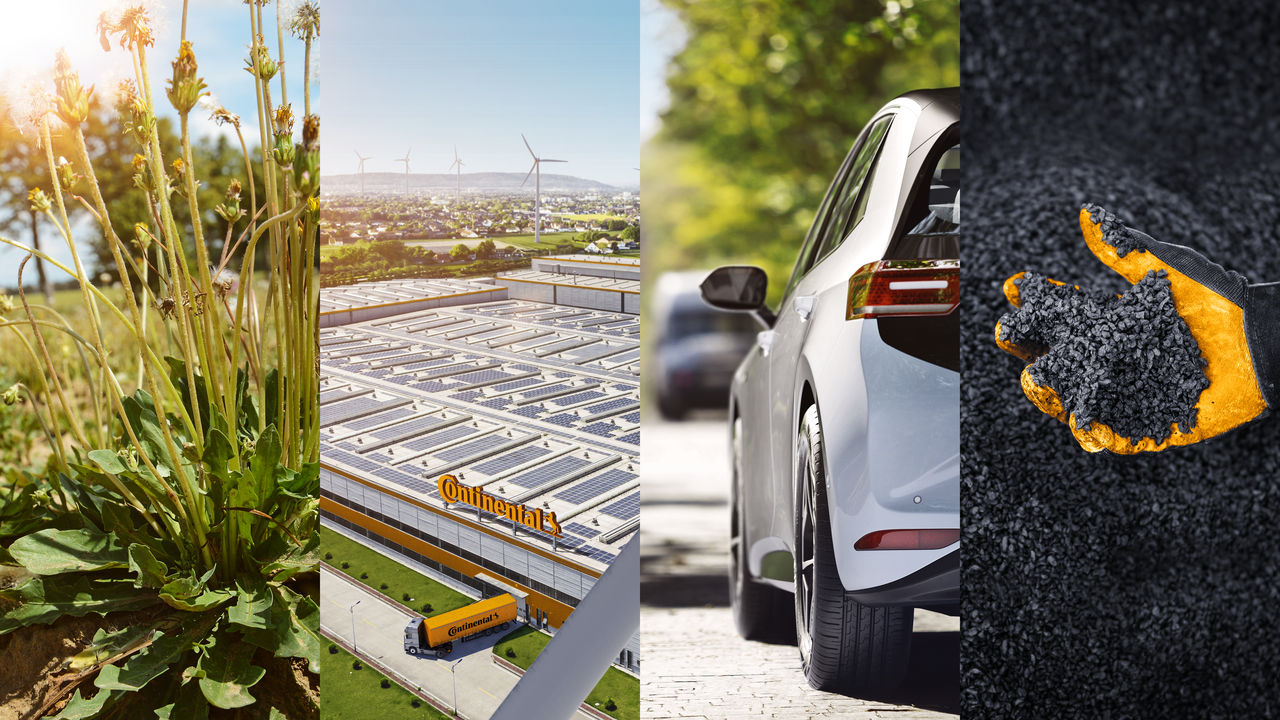Visit Continental Tires in your country for local vehicle fitment
Sustainability
Carbon Neutrality

At Continental, we are committed to the goals of the 2015 Paris Agreement. The agreement aims to limit global warming to be significantly lower than 2 degrees Celsius compared to the pre-industrial levels and ideally, be limited to 1.5 degrees. To achieve this, we are working on a holistic sustainability approach along the entire value chain.
What is Carbon Neutrality
Carbon neutrality means achieving a balance between the greenhouse gases emitted into the atmosphere and those removed. Reducing emissions can be accomplished through increasing efficiency in production and using renewable energy. Only the small fraction of residual emissions that are technically or economically unfeasible to eliminate – known as hard-to-abate emissions – should be neutralized through high-quality carbon removal solutions. This can be achieved through carbon offset projects such as reforestation or renewable energy investments. This concept aligns with the long-term goal of the Paris Agreement to achieve net-zero greenhouse gas emissions in the second half of this century.
Since 2020 Continental has fully recorded its emissions and sets science-based reduction targets. Most of the emissions generated in our value chain – equating to around 99% – are generated outside of production. High emissions are generated using our products, through the purchase of goods and services, and through the end-of-life treatment of our products. For carbon-neutral products, a comprehensive view of the value chain is essential.
Carbon Emissions in Three Categories
Carbon emissions are generated along the entire value chain of a product. Under the Greenhouse Gas (GHG) Protocol, these emissions are categorized into three scopes:

Scope 1 refers to direct greenhouse gas emissions from sources that are owned or controlled by the company. This includes emissions from manufacturing processes and company-owned facilities or vehicles. We are replacing conventional fuels with lower-carbon alternatives, such as using biomass instead of coal, to further reduce direct emissions.
Additionally, we are expanding on-site renewable energy generation at our tire production facilities, with solar installations already in operation at several global factories.
Scope 2 covers indirect emissions from the generation of purchased electricity, steam, heating, and cooling consumed by the company. Although these emissions occur off-site, at the facility where electricity is generated, they are accounted for in our carbon footprint. Since 2020, the electricity that we purchase for our tire production facilities worldwide has been carbon-neutral and derived from renewable energies.
This if verified through energy attribute certificates, aligned with the criteria of the RE100 initiative.
We are also exploring the replacement of conventional energy sources with lower-carbon alternatives wherever feasible.
Scope 3 includes all other indirect emissions that occur in a company’s value chain, both upstream and downstream. Upstream emissions include those from the production and transportation of purchased goods and services. Downstream emissions result from the use of the product, such as energy consumption due to physical effects of a tire, and from end-of-life processes like recycling or disposal.
To address these emissions, we are working on lower rolling resistance as well as on innovative methods to enable material to be recovered, recycled, and re-used.
We also focus on the use of renewable, recycled, and mass-balanced attributed (MBA) materials to reduce the environmental impact across the value chain.
Since 2013, our ContiLifeCycle factory has set new standards by combining tire recycling and retreading under one roof. We are also working with partners to develop highly efficient cutting-edge pyrolysis processes to allow us to recover valuable materials and high-performance raw materials from end-of-life tires for use in new tire production.
In late 2020, the independent Science Based Targets Initiative (SBTi) validated our climate targets in a scientific examination, confirming that our climate change mitigation targets demonstrably help to achieve the targets of the Paris Agreement on climate change.

